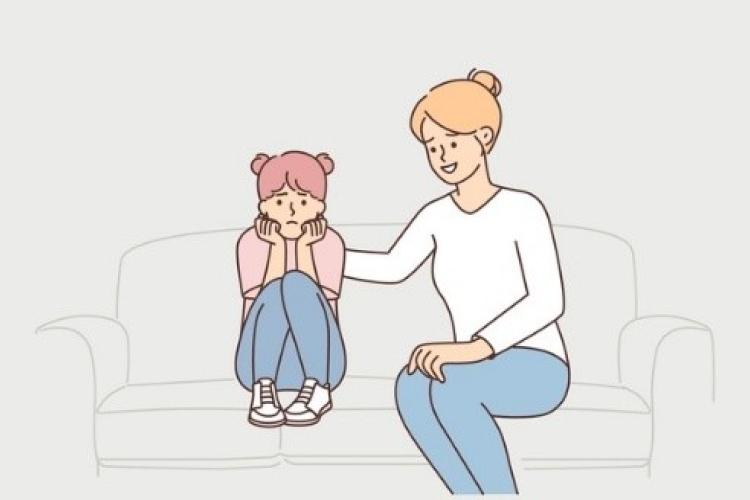
Dugan, K. A., Fraley, R. C., Jones, J. D., Stern, J. A., Shaver, P. R., Lejuez, C. W., & Cassidy, J. (2024). Coordination of parent and adolescent attachment across time. Developmental Psychology. Advance online publication. https://dx.doi.org/10.1037/dev0001835
During adolescence, teens naturally seek more independence, but how does this impact their relationships with their parents? This study found that as teens pull away emotionally, their parents, especially mothers, often respond by becoming more anxious about their connection with their child. This push-and-pull dynamic highlights the complex ways family members influence each other’s emotional security. Understanding these patterns can help families navigate the teenage years with greater awareness and support. These findings highlight how deeply connected family members' emotions are, shaping teenagers' ability to form healthy relationships in the future.
The study followed a group of families with teenagers (ages 14–18) over multiple years. Parents and teens completed yearly surveys measuring their attachment anxiety (fear of rejection) and attachment avoidance (discomfort with closeness). By analyzing these changes over time, researchers uncovered key patterns. For instance, as teens became less secure as they got older, and parents experienced shifts in their own attachment styles as their children moved through adolescence. This refers to how safe and supported people feel in their relationships like whether they are comfortable relying on others or if they fear being abandoned.
Something important to note was finding the “push-and-pull” effect between mothers and teens. When mothers became more anxious about being left out or abandoned, their teenage children tended to become more emotionally distant and avoid relying on them for support. This suggests that a parent’s increasing worry may unintentionally push their teen further away. Additionally, researchers found that parents showed synchronized changes in their own attachment security over time, reflecting the deep emotional connection between co-parents. This can be referred to as “mirroring.” Interestingly, there was no connection between fathers’ and adolescents’ attachment styles over time, due to a weaker emotional bond compared to mothers. However, fathers have been underrepresented in developmental studies, meaning past research may not fully capture their role. Future research should also explore how gender and caregiving expectations influence these attachment patterns.
These findings are important because they highlight the hidden ways parents and teens shape each other’s emotional experiences. Many parents worry about their teenagers pulling away, and this study suggests that reacting with anxiety may make it harder to maintain a close bond. Instead, recognizing this natural shift and offering support without pressure may help keep relationships strong. For educators, counselors, and policymakers, this research reinforces the importance of family-based approaches to mental health and adolescent well-being. Parents may not realize that their own insecurities can influence both their partner and their child, affecting family dynamics in ways that shape teens’ emotional development. Understanding these patterns can help families navigate adolescence more effectively, improving communication and connection. The study also underscores the need for support systems that consider not just teens’ well-being, but also the emotional experiences of their parents. Future research could explore how these attachment patterns unfold in different family structures, such as single-parent or same-sex parent households.